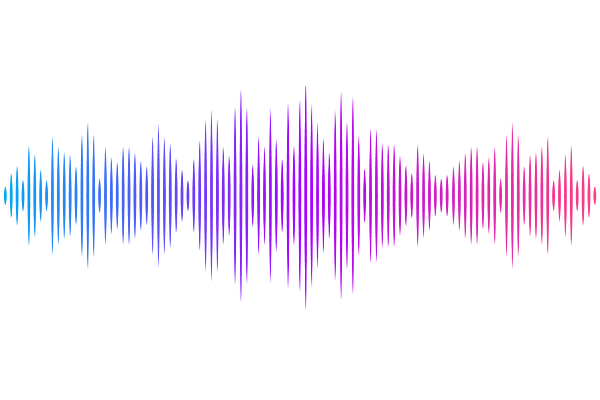Testing the asteroseismic estimates of stellar radii with surface brightness-colour relations and {\it Gaia} DR3 parallaxes. III. Main-sequence stars

Testing the asteroseismic estimates of stellar radii with surface brightness-colour relations and {\it Gaia} DR3 parallaxes. III. Main-sequence stars
G. Valle, M. Dell'Omodarme, P. G. Prada Moroni, S. Degl'Innocenti
AbstractWe compare the radii derived from the asteroseismic scaling relations with those from surface brightness-colour relations (SBCRs) combined with the Gaia DR3 parallaxes for main-sequence (MS) stars. The atmospheric and asteroseismic parameters were sourced from the recently released KEYSTONE catalogue and matched to Gaia DR3 and TESS Input Catalog v8.2. We computed SBCR-based radii using two different SBCRs, and estimated their relative differences with respect to radius estimates from asteroseismic grid-based methods. We find a good agreement between SBCR and asteroseismic radii, with mean relative differences in radii ($E_g$) in the range 2% to 3% and a standard deviation of about 3%. We find no dependence on parallax, and a mild dependence on [Fe/H] for one of the SBCRs tested. We find a negative correlation between $E_g$ and the stellar mass, with a slope varying from $-0.051\pm0.016$ to $-0.039\pm0.014$ per solar mass. This change in slope led to a roughly 1.5% larger discrepancy in the $E_g$ estimates for stars with masses below 1.0 $M_{\odot}$. This larger discrepancy at the low-mass end supports conclusions drawn from giant star studies. This result is independently corroborated by the LEGACY sample, which uses Kepler photometry. For the LEGACY sample we measure a mean relative offset in $E_g$ of -1.4% with a standard deviation of 2.3%, and a dependence of $E_g$ on mass with a slope of $-0.052\pm0.011$ per mass unit, both fully consistent with the KEYSTONE analysis. The [...] apparent mass dependence still requires closer examination. This result is reassuring as it demonstrates the great accuracy and reliability of the radius estimates obtained through SBCRs, which, moreover, offer the significant advantage of being applicable to a large sample of stars with substantially lower time and costs compared to what is required by asteroseismology.